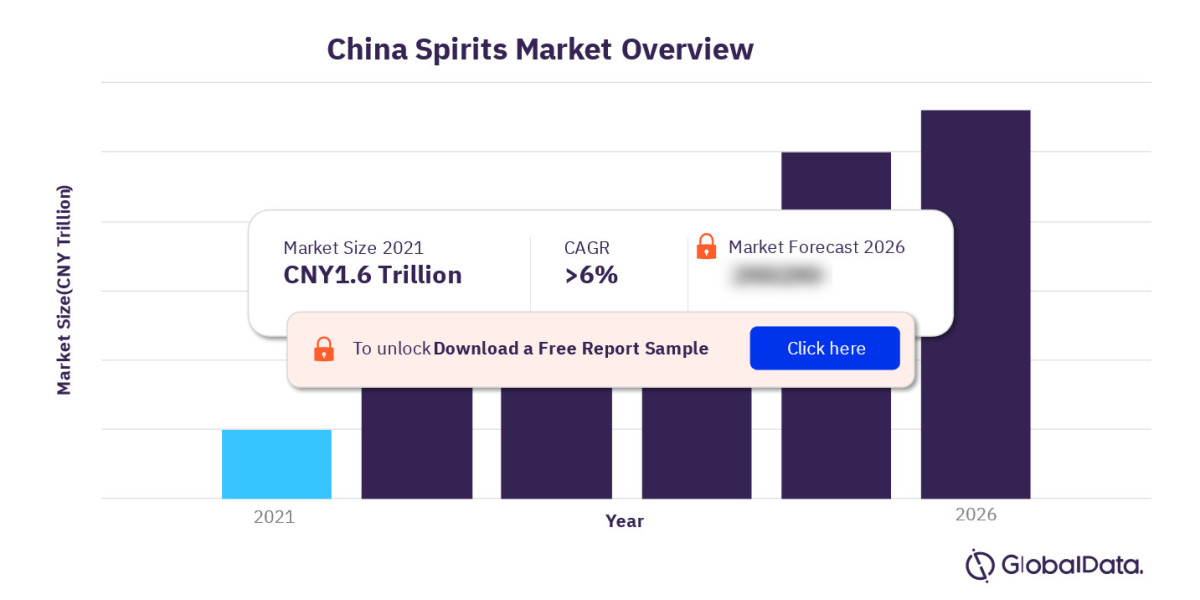China's beverage landscape boasts a vibrant China spirits market, steeped in cultural significance and generating over $165 billion in revenue (2024) [1]. This article delves into the heart of this dynamic industry, exploring its dominant player - baijiu, the rise of international spirits, and the evolving consumer preferences shaping its future.
Baijiu: The Undisputed King
For centuries, baijiu, a potent grain alcohol with a distinct aroma, has reigned supreme in China. Its production methods vary regionally, but typically involve fermentation using specific yeasts and molds, followed by distillation in large clay pots. The resulting spirit offers a complex flavor profile, ranging from pungent to floral, depending on the grains used and aging process.
Baijiu holds a unique position in Chinese culture. It features prominently in social gatherings, business deals, and celebrations, symbolizing respect, hospitality, and prosperity. This cultural connection fuels a massive domestic consumption rate, with baijiu giants like Kweichow Moutai enjoying immense brand recognition and premium pricing [2].
Winds of Change: Premiumization and Diversification
Despite baijiu's dominance, the Chinese spirits market is undergoing a transformation. A growing segment of consumers, particularly younger generations, are seeking new experiences. This trend fuels the rise of premiumization, with a demand for smoother, higher-quality baijiu alongside a growing interest in international spirits like whisky, vodka, and cognac.
This shift is driven by several factors:
Increased disposable income: China's economic boom has empowered consumers to explore more expensive spirits.
Westernization: Growing exposure to international brands and cultures fosters a desire to experiment with different spirits.
Urbanization: Younger urbanites tend to have more diverse tastes and are less bound by traditional preferences.
International Spirits: A Growing Presence
International spirits are making significant inroads into the Chinese market. Scotch whisky, in particular, enjoys a surge in popularity, often perceived as a sophisticated and prestigious choice. This trend is fueled by:
Gift-giving culture: High-end foreign spirits are popular gifts, symbolizing luxury and status.
Fine dining experiences: The rise of high-end restaurants creates a demand for premium spirits to complement the dining experience.
Marketing and branding: International brands leverage targeted marketing campaigns and partnerships to build brand recognition and appeal to younger consumers.
This influx of foreign brands, however, faces challenges. Counterfeit products can tarnish the reputation of genuine brands. Additionally, hefty import duties create price barriers for some consumers.
E-commerce and the Changing Distribution Landscape
The rise of e-commerce platforms like JD.com and Alibaba is significantly impacting the distribution of spirits in China. These platforms offer convenience, access to a wider range of products, and competitive pricing. This trend empowers consumers, particularly those in smaller cities, to explore diverse spirit options.
The Future of China's Spirits Market
The future of China's spirits market is likely to be shaped by several key trends:
Continued Premiumization: Consumers will seek out high-quality, unique spirits across all categories.
Innovation and Experimentation: New flavors, ingredients, and production methods will emerge, particularly within baijiu.
Focus on Health and Wellness: There might be a rise in demand for lower-alcohol spirits and those perceived as having health benefits.
Sustainability: Consumers may increasingly favor brands with eco-friendly practices.
Conclusion
China's spirits market presents a fascinating picture of tradition meeting innovation. While baijiu remains deeply entrenched in the culture, it faces competition from a growing interest in international spirits and a more sophisticated consumer base. This dynamic market offers immense potential for domestic and international players who can adapt to evolving consumer preferences and leverage the power of technology. Whether it's the smooth sophistication of a single malt whisky or the unique complexity of a vintage baijiu, China's spirits market is sure to continue offering a world of flavor and cultural experience for years to come.
For more insights on the China spirits market forecast, download a free report sample



